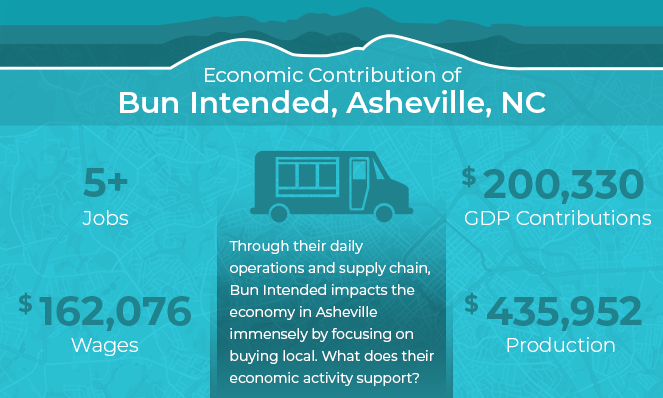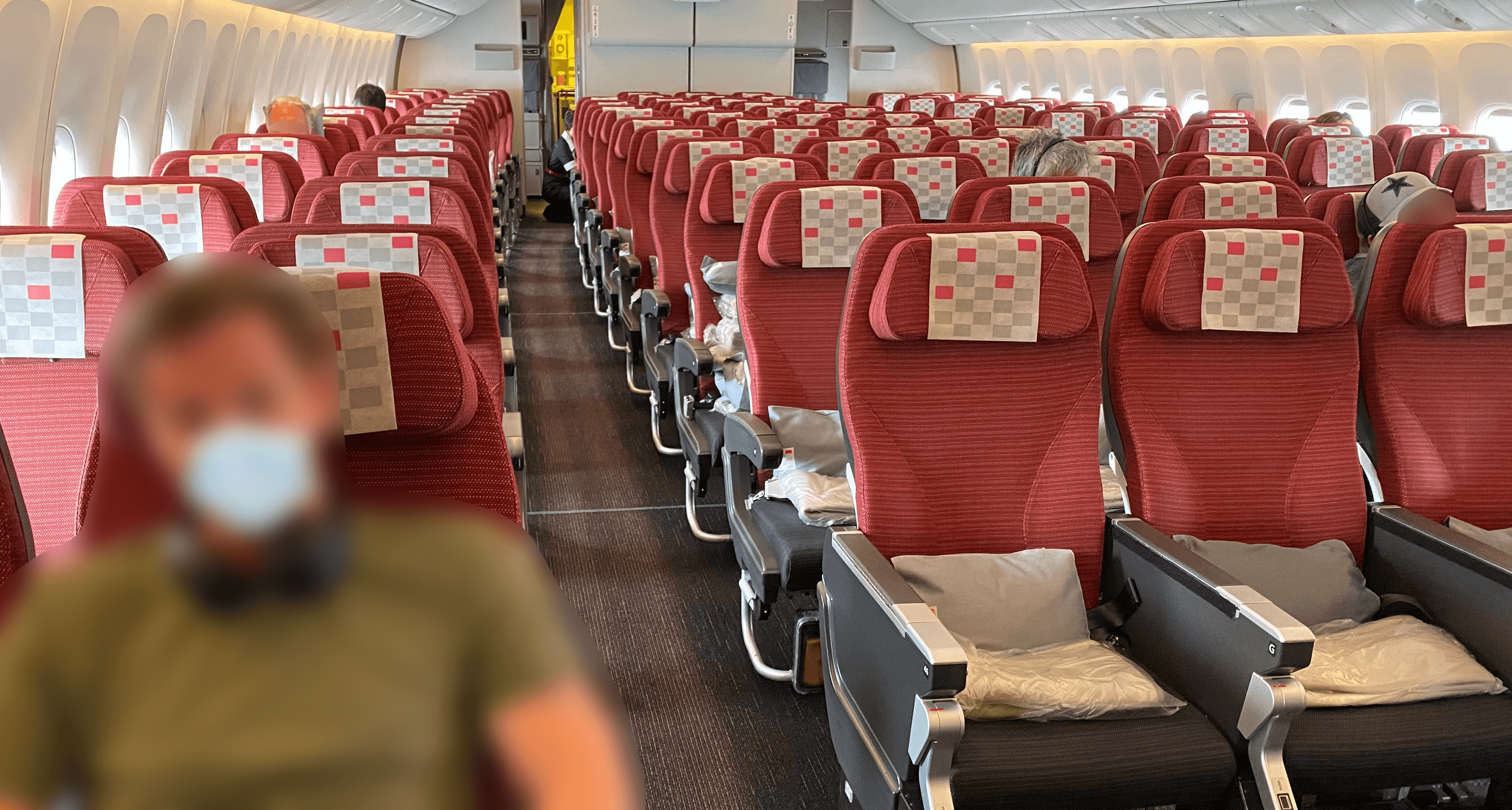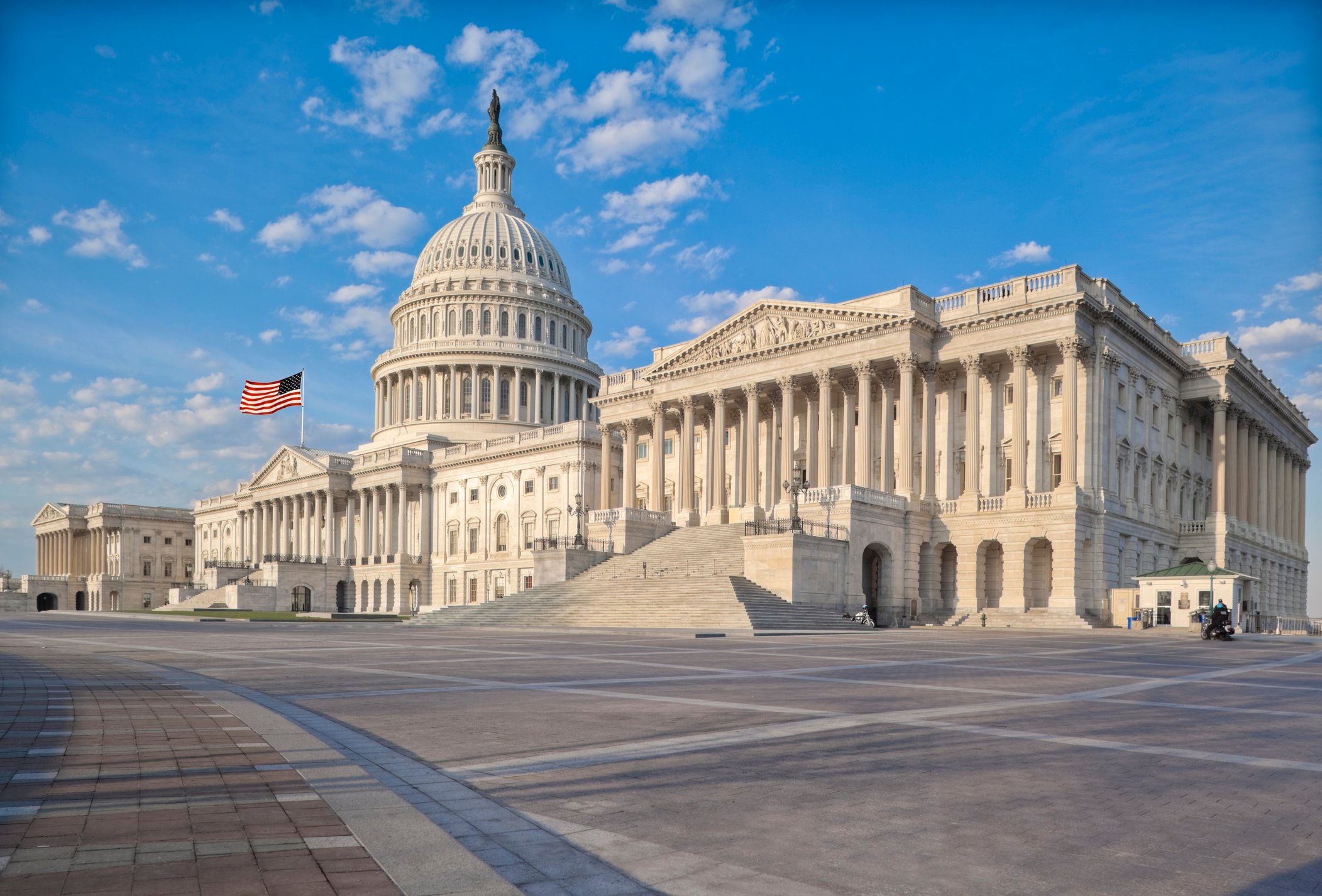2020 has been an incredibly challenging year for most of the world with seemingly very few bright spots to focus on. The emergence of COVID-19 has dramatically altered the way we live, perhaps permanently. Coronavirus-motivated mask mandates, regional shutdowns, capacity restrictions, and social distancing brought about economic uncertainty. The most commonly cited hope for a return to normalcy has been the widespread availability of a vaccine. Due to the fast-tracking of vaccine trials and significant government support, several effective vaccines appear to be on the horizon as we head into 2021.
The public health benefit is straight-forward, however the economy is a very important concern to many. Anticipating the vast impact across the economy is incredibly difficult due to the unpredictability of consumer confidence in the midst of the pandemic. Despite this unpredictability, the sizable economic impact of investment in the vaccine manufacturing process can be readily estimated with Input-Output Analysis. Using publicly available data to define input values, IMPLAN has performed an analysis of the effect of the Federal government’s spending on vaccine manufacturing.
Read More
Topics:
Data,
Press Release,
Economics,
Employment,
Methodology,
Impact,
Government,
Coronavirus,
Disruption
The coronavirus epidemic has reset the way we understand and examine the economy. With major changes to employment levels and household spending, plus stimulus checks, increased unemployment benefits, and PPP loans, it is crucial that economic data is updated during this time. With that in mind, IMPLAN is proud to announce the release of ground-breaking data and economic impact models for the COVID-19 era: Evolving Economy - COVID Q2-2020.
Read More
Topics:
Data,
Economics,
Technology,
Methodology,
Impact,
Economic Development,
Coronavirus,
Disruption
The most granular employment insight IMPLAN has ever assembled and organized by occupation and core competency is now available for purchase inside the IMPLAN application. Our occupation data shows estimates of employment, wages, hours, and core competencies for 823 different occupations. What you find in the data and how can it be leveraged in your own studies can be a game-changer.
Read More
Topics:
Data,
Economics,
New Market Tax Credit,
Methodology,
Impact,
Economic Development
Across the country, the service industry has felt the consequences of the coronavirus more severely than most. Through the beginning of May, more than 8 million restaurant jobs were lost. While cities and regions of all sizes have felt the strain, social distancing and business restrictions have affected small businesses in towns reliant on tourism spending particularly harshly. One of these towns is Asheville, North Carolina. Asheville, a city located in the Blue Ridge Mountains of western North Carolina, is known for its beautiful mountain views, tourist attractions, and incredibly robust brewery scene.
According to IMPLAN data, the food service industry supports over 18,000 jobs, making it the largest employment sector in the Asheville MSA. When COVID-19 hit and businesses began closing up shop for indeterminate periods of time, it left many uncertain of how they could continue operating. Gathering restrictions and event cancellations posed a unique threat to the more than 100 food trucks that operate in and around Asheville.
Read More
Topics:
Data,
Economics,
Contribution Analysis,
Tourism,
Impact,
Economic Development,
Coronavirus,
Disruption
IMPLAN’s academic roots created a continuing commitment to enhance and promote research into regional economies. To that end, we are making IMPLAN’s Data Library available in a convenient package for departmental, classroom, and library use.
For nearly 20 years our Data Library has powered our I-O/SAM modeling software, and by making IMPLAN data more accessible, our goal is to promote new research and applications of data to inform decision making for regional economies.
Read More
Topics:
Data,
Economics,
Environmental,
Methodology,
Impact
COVID-19 has the world turned upside down. IMPLAN is no different as we have moved to working remotely instead of heading into the office. As the leader in economic impact modeling data and software, we are being continually asked how to model the economic impacts of COVID-19. Unfortunately, the answer isn’t easy, and with things changing so quickly, it won’t fully be known until the pandemic is under control. No model can predict all of the wide-ranging, short- and long-term impacts of such a far-reaching phenomenon as the COVID-19 pandemic, but here are some ways you can examine what is happening in the U.S. and your community.
Read More
Topics:
Data,
Economics,
Contribution Analysis,
Natural Disasters,
Methodology,
Tourism,
Impact,
Coronavirus,
Disruption
News coverage around COVID-19 is unavoidable. The worldwide pandemic has upset lives globally and dominated everyone’s attention for weeks. With the situation seemingly changing every hour, experts across industries have come forward with predictions about all aspects of life including from healthcare, personal finance, the economy, and more. Due to the interconnectedness of our economy, a disruption to any industry has ripple effects throughout other industries and geographies. Foreign travel was one of the first industries to be clearly impacted by the emergence of the coronavirus in China, and impact analyses can demonstrate the reach of those affected by this economic turmoil.
Read More
Topics:
Data,
Economics,
Contribution Analysis,
Natural Disasters,
Tourism,
Impact,
Coronavirus,
Disruption
Miami is expecting an economic impact of $854 million from a major event this February, but the source of that economic boom may surprise you. For the last 79 years, the Miami International Boat Show has welcomed boating enthusiasts from around the world for an annual exhibition of watersport technology, products, and recreation. According to a recent study, the economic impact felt in South Florida nearly doubles the contribution expected from the Super Bowl 54.
Read More
Topics:
Data,
Economics,
Contribution Analysis,
Methodology,
Tourism,
Impact,
Economic Development
When conducting any economic impact study, defining where an impact is felt is critical. Whether analyzing the nationwide impact of an industry or the contribution that business makes in a specific zip code, IMPLAN’s economic data and modeling provide the insight you are seeking. Data is available for all geographic regions across the U.S. including all 435 congressional districts. This means that economic impact analyses can be run in any congressional district nationwide. Advocacy groups and leaders are utilizing this data to bolster their advocacy efforts, communicate their value to elected officials, and influence legislation.
Read More
Topics:
Data,
Economics,
Contribution Analysis,
Association,
Impact,
Advocacy,
Government,
Congressional Districts
Decision makers and business leaders are constantly looking for new ways to make their organizations smarter. Economic insight is key to achieving financial goals. IMPLAN has the technology you need in order to unlock economic opportunity.
So, what is IMPLAN? IMPLAN is a platform that combines a set of extensive databases, economic factors, multipliers, and demographic statistics with a highly refined, customizable modeling system. Together, our application and robust data allows you to:
- Gain insight into an industry's contributions to a region
- Quantify the impact of a shock to an economy
- Examine the effects of an existing or emerging business
- Model the economic impacts of changes to business operations
- Study events specific to the economy of a region’s economy, and more.
IMPLAN data is aggregated from multiple sources and is compiled into a 546-sector scheme and framework. The data sources include the Bureau of Labor Statistics, U.S. Census Bureau, Bureau of Economic Analysis, and more. Non-disclosures exist within these data sources, so our team fills in the gaps left by non-disclosures. Beyond reconciling data sources and filling in for non-disclosures, we add additional value by estimating finer geographic scales—calculating more granular data based on what is existing—and providing inter-county trade flow data.
The data and platform have the ability to perform a number of detailed analyses and provide solutions to an ever-increasing amount of questions. How can IMPLAN provide economic insight for you? Start with a question that you want answered.
Read More
Topics:
Data,
Economics,
Technology,
Contribution Analysis,
Methodology,
Association,
Tourism,
Impact,
Economic Development,
Corporation











.png?width=80&name=IMPLAN_Logo_Print-Vector_NEW%20(2).png) Copyright 2025
Copyright 2025